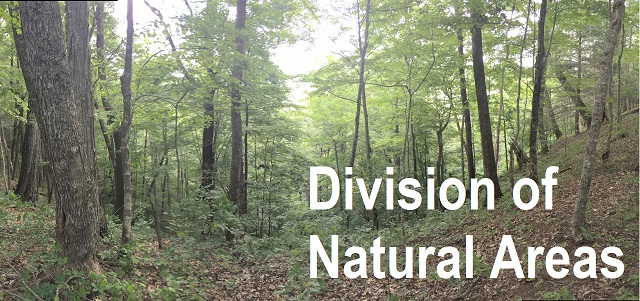Title
Architectural differences in saplings of temperate versus tropical angiosperms; consequences of the deciduous habit?
Document Type
Article
Publication Date
11-2005
DOI
10.1139/b05-109
Abstract
The architecture of saplings of temperate deciduous species of the southeastern United States was compared with that of tropical evergreen species of Central America, Borneo, and northeastern Australia. The deciduous species were more planar in the understory than were the tropical species, because of (i) more planar leaf displays within branches, (ii) a high frequency of arching, plagiotropic main stems (associated with greater plasticity in crown symmetry in relation to light), and (iii) a lower height of first branching. The deciduous species also had more planar branches than did subtropical and temperate evergreen angiosperms. This greater planarity in temperate deciduous understories may be associated with the simultaneous positioning of most leaves during a single flush in the spring. In contrast, saplings in tropical understories typically bear multiple leaf cohorts and position new leaves at the peripheries of existing leaf displays. These results and those of other studies suggest that there are adaptive links between plant architecture and phenology. Other factors, such as latitudinal variation in sun angles, may influence crown shape in overstory trees, but did not seem to be involved here, possibly because the filtering effect of the canopy results in smaller latitudinal shifts in understory illumination angles during the growing season. Thus, by favouring the deciduous habit, the cold winters and warm, humid summers of the eastern deciduous biome of North America appear to have had a notable influence on sapling architecture.
Recommended Citation
King, D. A. 2005. Architectural differences in saplings of temperate versus tropical angiosperms; consequences of the deciduous habit? Canadian Journal of Botany 83:1391-1401.



Comments
"I thank the Mountain Lake Biological Station of the University of Virginia, the Lilley Cornett Woods Appalachian Ecological Research Station of Eastern Kentucky University, the Smithsonian Tropical Research Institute, La Selva Biological Station, Costa Rica, and Danum Valley Research Centre, Sabah, Malaysia for use of facilities and logistic support and the Danum Valley Research Committee and the Economic Planning Unit of the Prime Minister’s Department, Kuala Lumpur, Malaysia for permission to do research in Sabah. Financial support was provided by an Andrew W. Mellon research exploration award in tropical biology and the US National Geographic Society. Helpful critiques were provided by two anonymous reviewers. Figure 1 was drafted by Thomas Moe." (p. 1399)